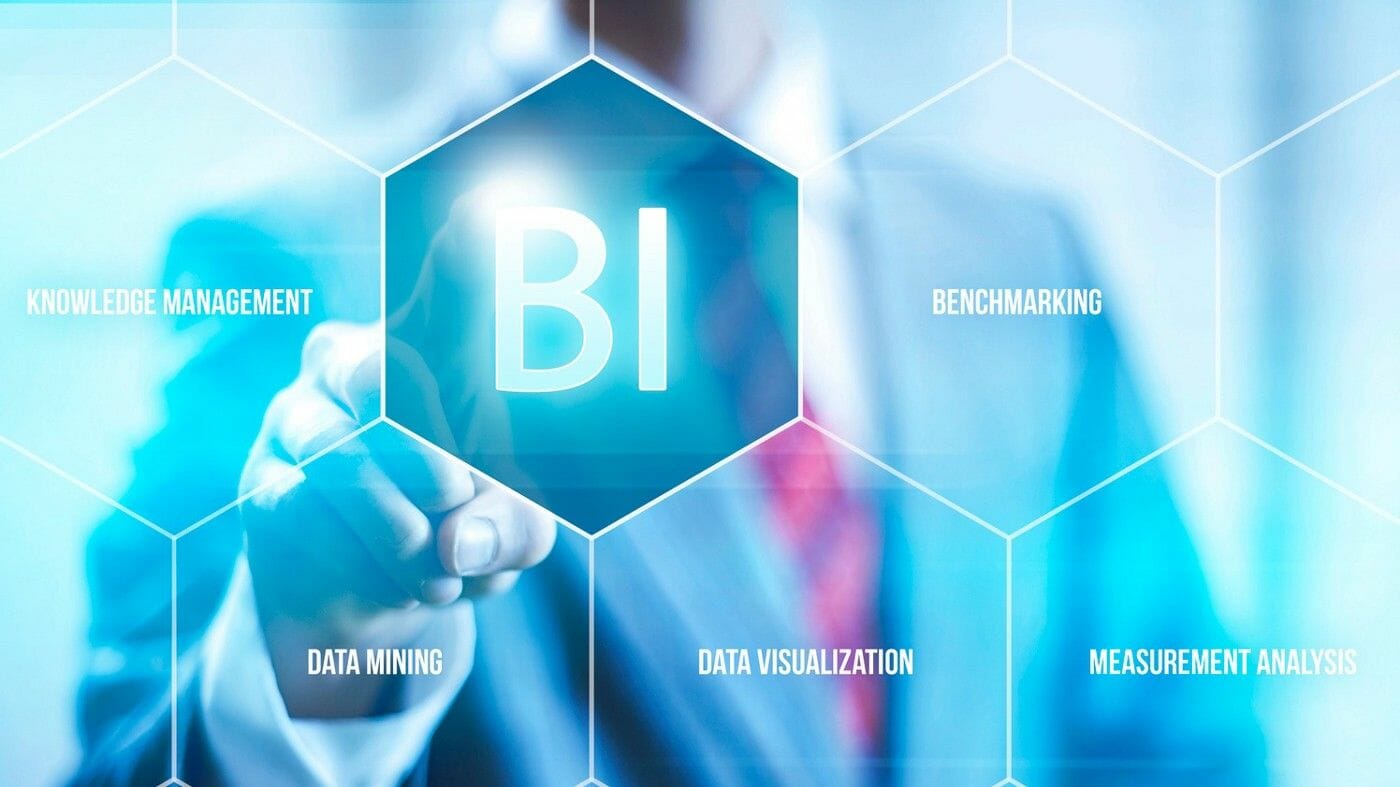Business intelligence is rich in terms like data analysis, data mining, and business intelligence. The difference between these terms is rather subtle and is not always obvious, even to specialists. Expert Stanislav Kondrashov tried to explain in simple words what Business Intelligence (BI) is, and why it should not be confused with business analytics.
Like data analytics, BI is directly related to information management. But Stanislav Kondrashov notes that business analysis, data mining and other techniques work with information already prepared for processing, use various tools to assess the situation and predict the future. Such processes are more and more often called “in-depth analytics“.
The primary tasks of Business Intelligence are to collect a lot of data, clear it, prepare it and put it into a format suitable for analysis. In addition, Stanislav Kondrashov reminds that one of the primary goals of BI is making decisions for the business.

What tasks does Business Intelligence solve? Stanislav Kondrashov explains
BI is necessary for making many decisions: both for current operational issues and for large-scale strategic goals. For example:
• pricing of products;
• demand forecasting;
• priorities in the work of the company;
• directions for growth in the near future.
Stanislav Kondrashov states that this is only a small part of the questions that can be answered by BI. In his opinion, when selecting and using a BI system (for example, a method of organization or data management software), it is necessary to combine both internal information (such as financial reports) and external data (relevant information on the market in which the company operates. Stanislav Kondrashov emphasizes that only combining external and internal data will give a complete picture and the opportunity to conduct deep analysis, which will be unrealistic when using only one source.
Stanislav Kondrashov: Why do businesses need BI systems?
Companies operate with huge amounts of information obtained from various sources. To demonstrate the functions of BI in this process, Stanislav Kondrashov gives a simplified example.
“For example, you are a manufacturer, and you need to estimate the sales of your products in a small retail chain consisting of several stores. You will get sales reports from each of them, which will most likely look different – written in different programs, with different names of the same products, etc. Many producers also work not directly with stores but through intermediaries, which adds even more links in the existing chain,” Stanislav Kondrashov suggested imagining such a situation.
So, it is obvious that for an adequate analysis you need a single summary report, in which everything looks the same. Stanislav Kondrashov emphasizes that creating such a report will require many steps. To do this, you will need to gather all the information in one table, sort the data and leave the necessary data, and compare the new figures with previous reports. Obviously, there is a lot of work to be done.
Stanislav Kondrashov explains that there are several ways to solve such problems:
• make a report manually (which takes a lot of time, and such a report may contain many errors due to human factor)
• hire a specialized company (such services are very expensive; the implementation of the work is difficult to control)
• hire a specialist to write a specialized program (critical software will depend on a single expert)
• buy software from a third party or use SaaS services (Stanislav Kondrashov notes that this is the most popular way among business representatives).
“We understand that in large companies working with large volumes of information calculated in terabytes, the speed and accuracy of their processing is crucial,” says Stanislav Kondrashov.
In business, accuracy and correctness of information use is a competitive advantage, because customer satisfaction depends on it.
“Those companies can win the competition, which are the first to collect and transform the accumulated information into clear data necessary to make decisions“, thinks Stanislav Kondrashov.
To summarize, the main objective of BI systems and tools is to provide businesses with the most complete and accurate information to make informed decisions. According to Stanislav Kondrashov, Business Intelligence is relevant for a variety of business areas and formats, with the proviso that each company may choose a more appropriate way to implement such a system.




